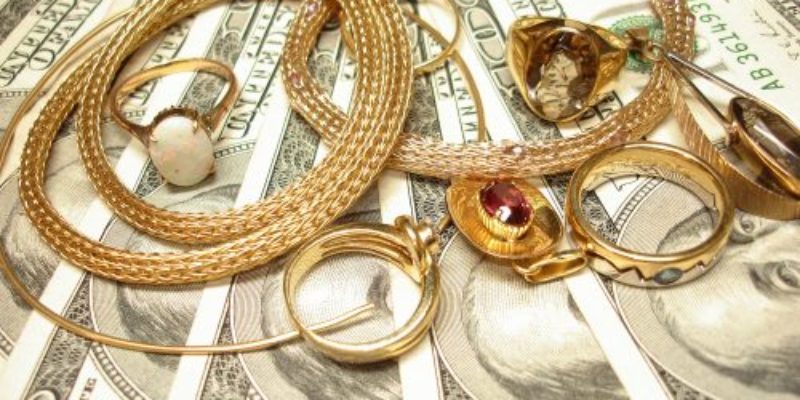
Price Your Jewelry Right
Leave your thoughtsHow can your creativity be quantified? It’s a tough question. In the simplest terms, your artwork will sell for what the market is willing to pay. Your prices will have to be justified with regard to your level of experience, sales history, and the market in which you sell. If you were to sell your house, the market would dictate what it is worth based on “comparables”. In other words, what similar houses have sold for in your area. Art is the same. So, start by investigating your “neighborhood” to find out what comparables are selling for. That is, go window-shopping—and take notes. You may be thinking, “But my artwork is unique. There is nothing else like it.” Nevertheless, compare your work to other pieces of a similar size, shape, medium, subject matter, and technique.
An alternate method is calculating your price based on labor and materials. Definitely value your labor. After all, you would be getting paid at any other job you performed. Let’s use $20-per-hour wage. If your materials cost $50 and it took you three hours to make the object, $110 would be a fair base price or wholesale price. If you are retailing your own jewelry you may be able to double that amount. Most retailers use what is called “triple keystone” which means their retail price is 3 times the wholesale price they paid.
Sometimes pricing may not be that straightforward. Other factors to consider are rent, utilities, insurance, taxes, advertising, and education. Furthermore, if you buy materials in bulk and make several pieces from that supply, break down that cost, too. For example, if you are a jeweler, keep a schedule of the cost per square inch of silver sheet or per linear inch of wire. There are probably other consumables you use for several pieces like fluxes, patinas, or gas for your torch tank. Calculate approximately how many pieces you can make with the quantity you buy, and add these costs to your base price.
Even if you work from home rather than renting a space, remember to calculate the cost of your workspace. For example, if you live in a 1000-square-foot home with 100 square feet dedicated to your workspace, and your total rent or mortgage payment is $1200 a month, then $120 is the cost of your workspace (100/1000=.10 x $1200 = $120). You can also deduct that $120 per month ($1440 per year) on your federal taxes as a business expense.
Another way to integrate overhead costs into your pricing is to calculate the overhead cost per labor hour. For example, if you’re working 160 hours per month, add your total overhead and consumables and divide that dollar amount by 160. Let’s say your overhead and consumables total $500 per month. The overhead cost per labor hour is $3.13 ($500/160). How much time is dedicated to making each piece of artwork? If a piece took you three hours to make, overhead for that piece is $9.39 ($3.13 x 3). Add that to your $110 base price, and this piece should wholesale for no less than $120.
This can be a lot of information to track at first. An Excel spreadsheet is perfect for the task. If you don’t know how to use this software, you can probably learn through a short course online or a one-day workshop at your community college. If you prefer handwritten records, a basic accounting ledger is all you need to record your data on paper.
At SFJS we are committed to your success, and pricing your artwork is a key component of that success. If you need a copy of your last year’s expenditures at SFJS to help you calculate your direct costs, overhead or to work on your taxes we can provide you with that information.

